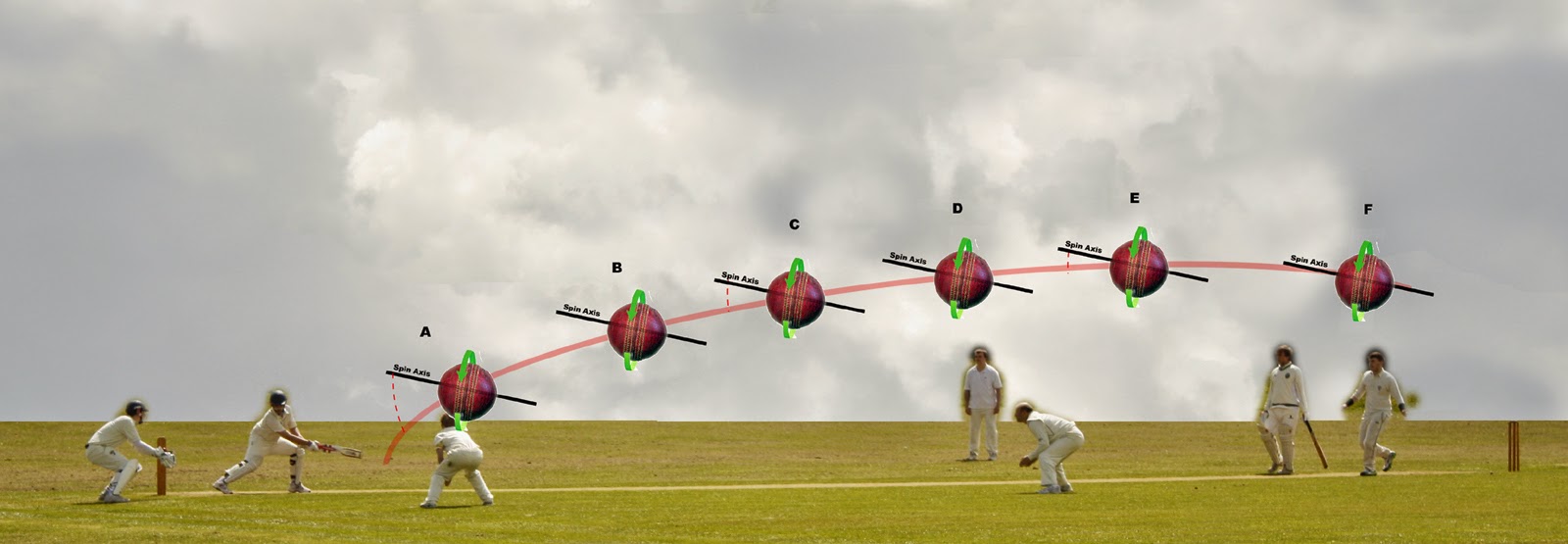someblokecalleddave
Well-Known Member
None of the footage I've seen of the Warne ball in 1993 has a good enough resolution to allow me to see the seam position. From what I've seen of that ball, it drifts a long way, yes, but it also dips a decent amount too. That would suggest top spin. Not only that but the way the ball really kicks and spits would also suggest a decent bit of top spin.
I have heard about this tilt thing before. Frankly, I don't enough about that to comment one way or the other. But I would love to see whatever footage Woolmer had that showed the seam presented with the sidespin and backwards tilt on the ball. I've not seen any footage of Warne's bowling that showed any tilt. I have seen him drift it plenty with an upright seam.
This one shows all kinds of releases he had (including the slider out of the front of the hand):
Whoa! Good video, but what one are you calling the slider? I didn't see any with back-spin! Looked like a stock leg-break, an iffy top-spinner with a little bit of a scrambled seam, but having said that it looks to drift a fair very late during the latter stages of the drop? Another top-spinner with a very scrambled seam and then a ropey looking Wrong-un?





